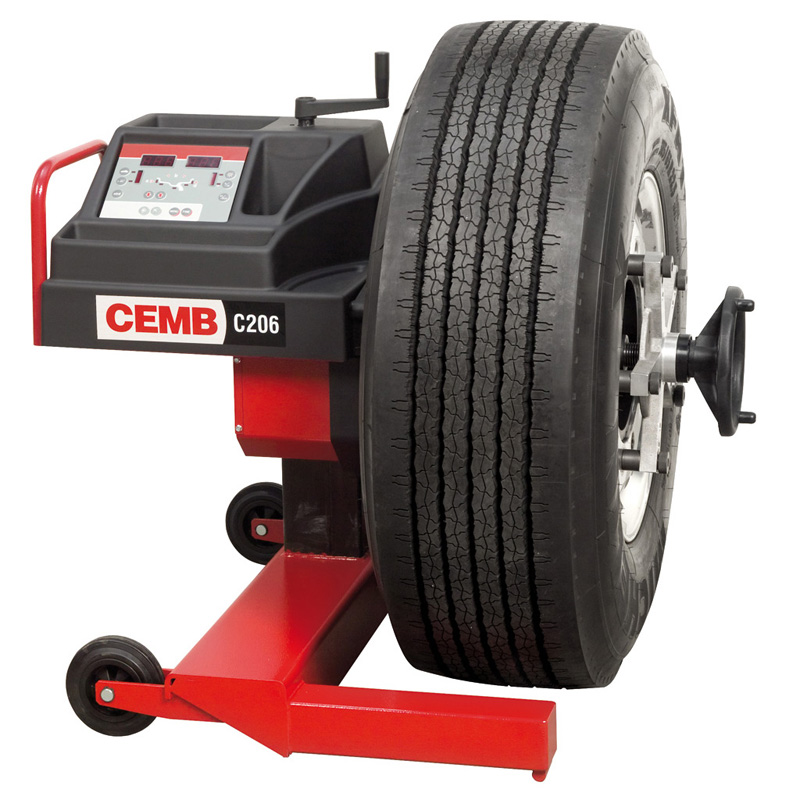Counteract is the ONLY balancing product on the market proven to improve fuel economy in two separate S.A.E and TMC type II tests. We were the first to market 100% glass beads for balancing. Don't be fooled by competitive claims, Counteract's technology makes it the most technologically advanced system on the market today.
The amount of Counteract needed is determined by the vehicle and the tire size, and in some cases the aggressiveness of the tread. Try our handy calculator to find out exactly what is recommended for your tire.
No, Counteract does not void any tire warranties. Due to our advanced technology Counteract does not harm the inside of a tire, once removing Counteract from a tire you would never know it was inside. Warranties are only voided if the internal balancer has caused harm to the interior of the tire carcass, or you can tell that something was installed inside the tire.
None of these happen using Counteract.
Having too many beads inside the tire in some cases can cause a slight imbalance. This is a concern on smaller tires where there is not as much room in the tire cavity for the beads to evenly spread themselves where they need to be. When there is too much, it can create a "traffic jam" where the excess beads get forced into the wrong balance position creating an imbalance. There is certainly an ideal amount of product to have inside the tires, as directed by our application charts. The smaller the tire, we need to be precise, the larger the tire, such as commercial tires or off-road tires there is much more room to allow for extra product without hindering the performance. We will always recommend referencing from our chart, and we always remind customers to make sure they are referencing the proper chart as we do have specific charts for specific applications.
Yes, Counteract is re-usable.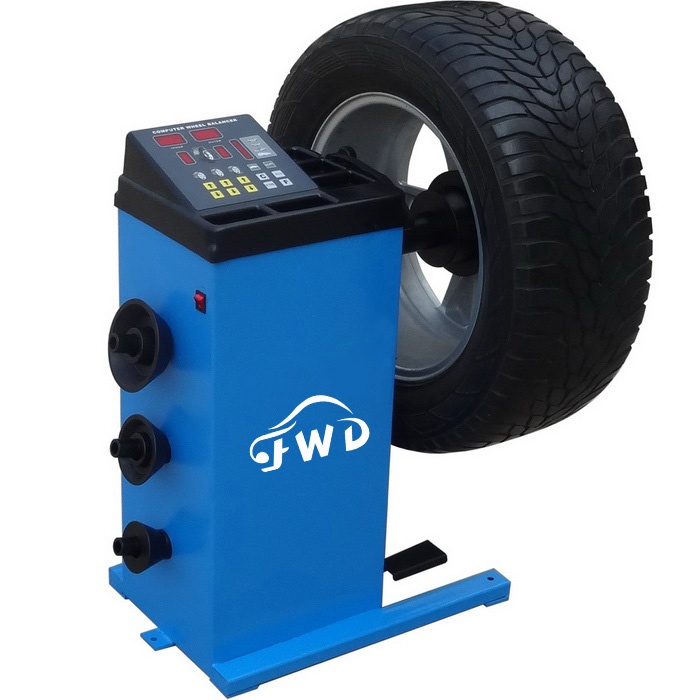 However, you must be careful when re-using the product. When we manufacture our product it goes through a special decontamination and cleansing process. When you re-use it you could lose some beads or contaminate them which could cause the product to not work as effectively. For the price and extended tire life you receive using Counteract it makes sense to put in fresh product.
However, you must be careful when re-using the product. When we manufacture our product it goes through a special decontamination and cleansing process. When you re-use it you could lose some beads or contaminate them which could cause the product to not work as effectively. For the price and extended tire life you receive using Counteract it makes sense to put in fresh product.
No, our truck beads and our motorcycle beads are different. They go through different refining process and are manufactured differently. Motorcycle tires are different then truck tires, so are our beads. If you use the truck beads in a motorcycle we will not honor any warranty claims or support any issues that may arise.
No, Counteract Balancing Beads will not react with any known metal or materials.
No.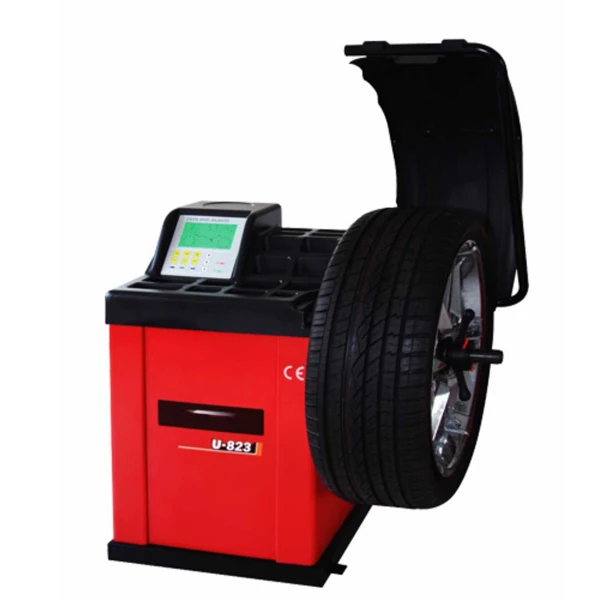 The Counteract Balancing Beads will only move to the balanced position through inertia generated by the out of balance condition of the complete wheel assembly and the up and down motion of the vehicle suspension.
The Counteract Balancing Beads will only move to the balanced position through inertia generated by the out of balance condition of the complete wheel assembly and the up and down motion of the vehicle suspension.
It is not advised to combine other internal balancing agents or balancing rings with Counteract Balancing Beads. It is recommended that all other types of balancing be removed so as not to hamper Counteract Balancing Beads from balancing the wheel assembly properly.
Counteract Balancing Beadshas proven that we allow tires to run 30 degrees cooler than a traditional spin balance, and 60 degrees cooler another popular internal balancer. Counteract actually keeps your tires running cooler, helping eliminate thermal degradation and irregular wear.
No, you should not combine weights with the use of internal balancers. The reason being is they work against each other. If you have a balance issue, you only need Counteract.
The reason being is they work against each other. If you have a balance issue, you only need Counteract.
Counteract is 100% TPMS compatible. Counteract can and should not be injected through the valve stem if it has TPMS sensors, in this case you must install the product while the tire is broken or while being mounted.
Counteract is a balancing product. If there is an imbalance with your tires Counteract will remedy the problem. However, no balancing product can fix a bad tire, bent rim or mechanical problem. If you need help troubleshooting a vibration issue, please feel free to submit this troubleshooting form and we'll contact you to help resolve your issue. Click Here
Counteract does not recommend the use of internal balancing products in most automobile tires (the exception being classic cars). For a detailed explanation click here
For a detailed explanation click here
When you put a lift kit on a vehicle, it changes the angle of the driveshaft, rendering the driveshaft itself unbalanced. This can cause the vibrations that are sometimes mistaken for tire balance vibrations. No matter what you do to balance your tires in this situation, it won't eliminate the driveshaft vibration. To learn more, check out this article by 4WheelParts Click here
Our application charts are based on a stock vehicle with stock wheels and no modifications. In many cases, when a vehicle is modified it changes the dynamics and drive-ability of that vehicle. In those instances, our recommended amount may, or may not be enough to compensate for the tire imbalances. It is also to be noted that when a vehicle has aftermarket wheels, lift kits or other aftermarket components, there are many more possibilities for vibration that may not be tire balance related. Counteract will balance a tire, wheel and its entire rotating assembly. It will not fix an alignment issue, driveshaft imbalance, or harmonic vibrations from an aggressive tire tread.
Counteract will balance a tire, wheel and its entire rotating assembly. It will not fix an alignment issue, driveshaft imbalance, or harmonic vibrations from an aggressive tire tread.
No, Ambient moisture does not affect the product's performance, this is due to our special coating.
Counteract Balancing Beads are made of recycled tempered glass and do not break down when used in tires, the evidence of this is in millions of applications sold since introduction in 1997. Not one case of this problem has ever been reported.
Counteract Balancing Beads are easy to remove. The simplest way is to use the Counteract Air Powered Bead Vacuum which allows you to quickly vacuum beads out of a tire, avoiding messy spills. Alternatively you can sweep the beads into a pile inside the tire and scoop them out. Always be careful not to spill the beads onto your work surface.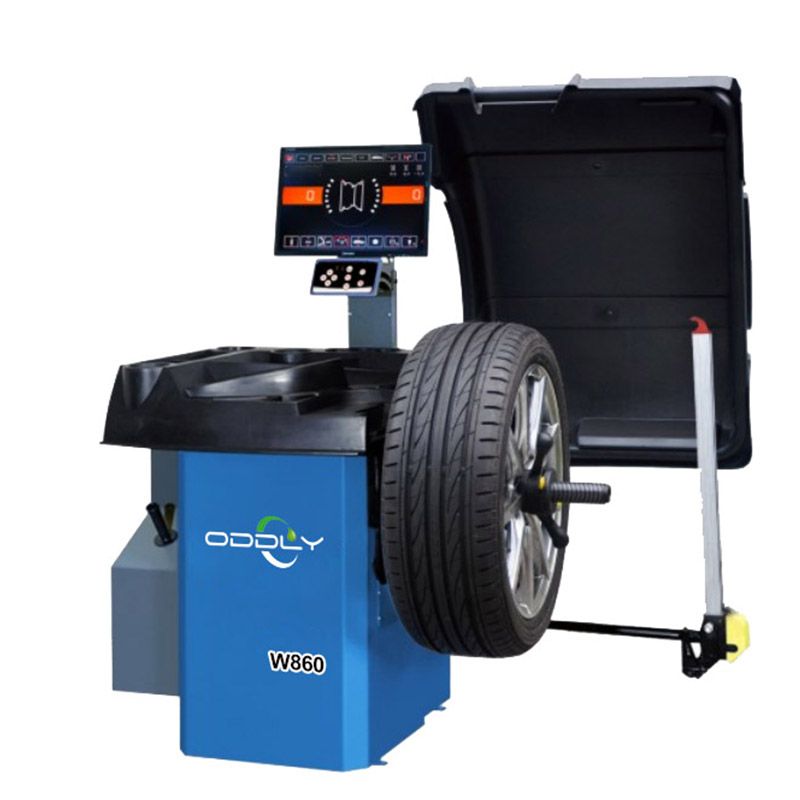
<pValve clogging is not a common problem with Counteract Balancing Beads and is usually the result of dust (we remove all dust at the manufacturing stage). A valve filter may help but can also slow down air flow or become clogged itself by dust, making it difficult to check air pressure. To address this situation the beads are selected by size and put through multiple screening and dusting processes. To reduce the possibility of a valve leak, it is recommended to use a Counteract Valve Core and self sealing valve cap (supplied in every package).
</p
The reason we do not sell bulk pails of Counteract is due to multiple issues. If we have shop users weighing out their own beads and putting them in tires, we cannot guarantee that their scale or scoop is accurate to our required tire size measurements. We package the bags individually for specific tire sizes so that there are no issues.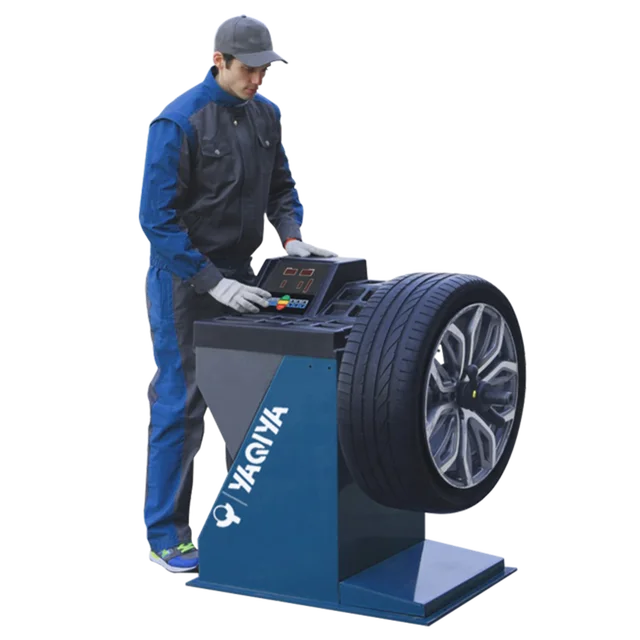 It allows us to have control over what is being installed into the tire, therefore we will help with any support needed. If you weigh your own, you’re on your own and we are not responsible if anything goes wrong. Also, as mentioned before, our product has a special decontamination and cleaning process, if users weigh out their own they can contaminate the product and cause issues.
It allows us to have control over what is being installed into the tire, therefore we will help with any support needed. If you weigh your own, you’re on your own and we are not responsible if anything goes wrong. Also, as mentioned before, our product has a special decontamination and cleaning process, if users weigh out their own they can contaminate the product and cause issues.
No, Counteract is not compatible with any tire sealant or slime. Do not combine these products.
No Background
1oz Counteract Balancing Beads Case Quantity 40 packages, each containing 4 x 1oz bags 160 bags total
No Background
2oz Counteract Balancing Beads Case Quantity 32 packages, each containing 4 x 2oz bags 128 bag total
No Background
 B
B3oz Counteract Balancing Beads Case Quantity 24 packages, each containing 4 x 3oz bags 96 bag total
No Background
4oz Counteract Balancing Beads Case Quantity 92
No Background
4oz B
5oz Counteract Balancing Beads Case Quantity 76
No Background
6oz Counteract Balancing Beads Case Quantity 64
No Background
8oz Counteract Balancing Beads Case Quantity 52
No Background
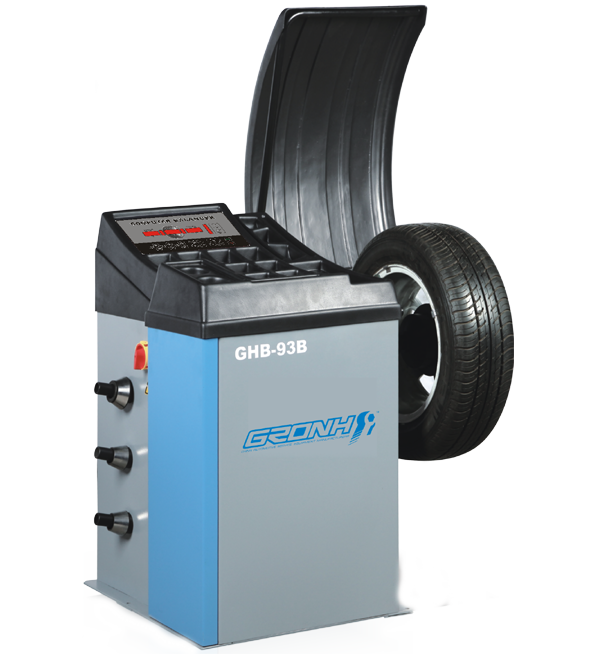 B
B10oz Counteract Balancing Beads Case Quantity 40
No Background
12oz Counteract Balancing Beads Case Quantity 36
No Background
14oz Counteract Balancing Beads Case Quantity 32
No Background
16oz Counteract Balancing Beads Case Quantity 28
No Background
20oz Counteract Balancing Beads Case Quantity 24
No Background
MSDS English
8lb EuroPaste
2 Pack Paste, Includes Brush
2 pack Euro Paste
40lb Mounting Lube
8lb Mounting Lube
25lb Mounting Lube
Motorcycle ATV/UTV Mounting Compound
Motorcycle ATV/UTV Mounting Compound
Motorcycle ATV/UTV Mounting Compound
Counteract Paste Brush
7.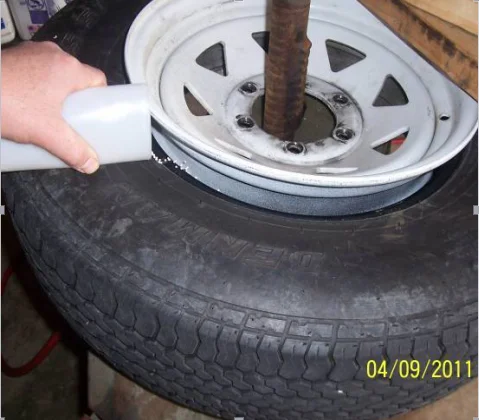 7lb bucket of ECO Tire and Tube Mounting Paste
7lb bucket of ECO Tire and Tube Mounting Paste
2 pack Eco Paste Includes Brush
Eco Lube Brush
Part# SBCT28-HD
28 HD Stud Cleaning tool,
Part# SBCT28
28 Stud Cleaning tool,
Part# SBCT22
No Background
Part# SBCT13
No Background
Commercial Truck Size
SBCT22
SBCT13
HD Sizes
28mm Bud Wheel
Fits SBCT13
12mm insert Fits SBCT13
Fits SBCT13
13mm insert Fits SBCT13
Fits SBCT13
14mm insert Fits SBCT13
Fits SBCT13
16mm insert Fits SBCT13
16mm insert Fits SBCT13
Fits SBCT13
18mm insert Fits SBCT22
Fits SBCT22
20mm insert Fits SBCT22
20mm insert Fits SBCT22
Fits SBCT22
No Background
Fits SBCT28
28mm insert Fits SBCT28
SBR28-HD
28mm insert Fits SBCT28-HD
Fits SBCT28HD
30mm insert Fits SBCT28-HD
Fits SBCT28HD
31mm insert Fits SBCT28-HD
Fits SBCT28HD
33mm insert Fits SBCT28-HD
SBR33HD
32mm insert Fits SBCT28-HD
Fits SBCT28HD
34mm insert Fits SBCT28-HD
SBR39.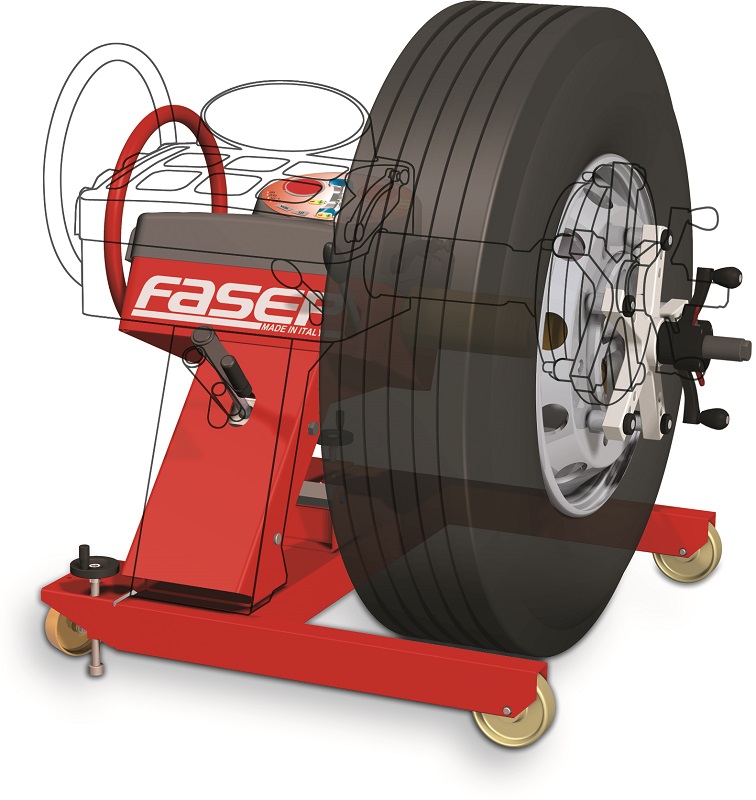 6HD
6HD
39.5mm insert Fits SBCT28-HD
4 Stud Tools
Brush Image
Part# HBR22
No Background
No Background
No Background
Close up
SBCT13, SBCT22, HBR16 and HBR22
Black/Red White Background
SBCT13, SBCT22, HBR16 and HBR22
Part# HBR22 Fits SBCT22
Part# HBR22 Fits SBCT22
Part# HBR22 Fits SBCT22
Part# HBR13 Fits SBCT13
Part# HBR13 Fits SBCT13
Part# HBR13 Fits SBCT13
Part# HBR13 Fits SBCT13
Part# HBR13 Fits SBCT13
Part# HBR13 Fits SBCT13
Automotive wheel cleaning kit Stud Brush Cleaning Kit Includes 13mm tool with replacement brushes from 12mm to 16mm, Hub Brush 13mm, safety glasses, and 1/2″ adapter
Automotive Wheel Cleaning Kit with Air Driver Stud Brush Cleaning Kit Includes 13mm tool with replacement brushes from 12mm to 16mm, Hub Brush 13mm, safety glasses, and 1/2″ adapter
Commercial Wheel Cleaning Kit Stud Brush Cleaning Kit Includes 22mm and 28mm tools with replacement brushes from 18mm to 28mm, Hub Brush 22mm, safety glasses, wire brushes from 10.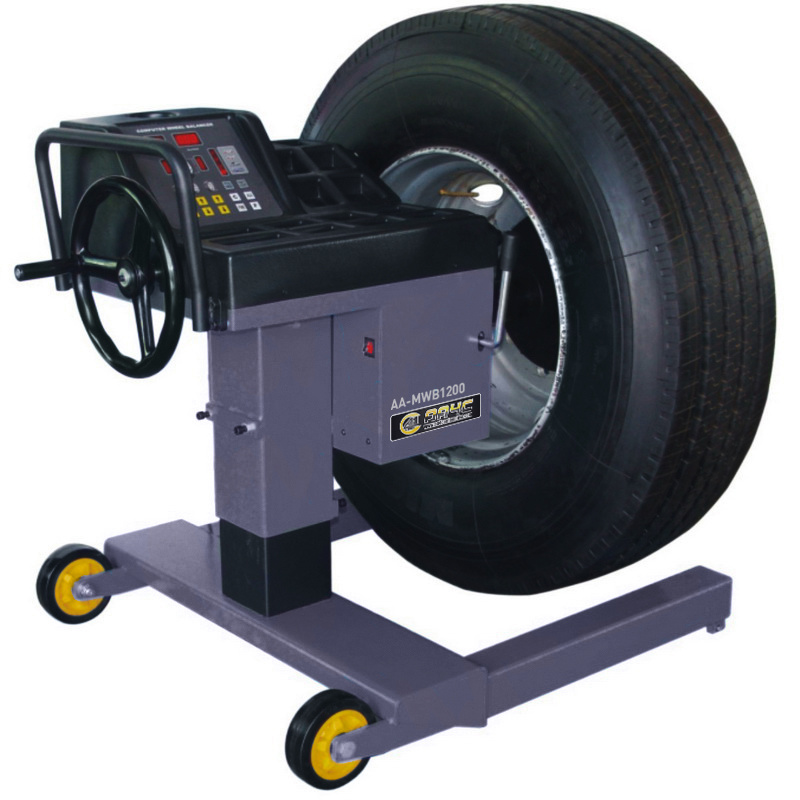 7mm to 33mm, and 1/2″ adapter
7mm to 33mm, and 1/2″ adapter
Commercial Wheel Cleaning Kit with Air Driver Stud Brush Cleaning Kit Includes 22mm and 28mm tools with replacement brushes from 18mm to 28mm, Hub Brush 22mm, safety glasses, wire brushes from 10.7mm to 33mm, low speed air driver, and 1/2″ adapter
Commercial Wheel Maintenance Kit Stud Brush Cleaning Kit Includes 22mm tool with replacement brushes 22mm, Hub Brush 22mm, safety glasses, wire brushes from 10.7mm to 33mm, low speed air driver, nut track and 1/2″ adapter
Stud Cleaning Kit 13/22 Stud Brush Cleaning Kit Includes 13mm and 22mm tools with replacement brushes from 12mm to 22mm, safety glasses, and 1/2″ adaptor
Stud Cleaning Kit with AIr Driver Stud Brush Cleaning Kit Includes 22mm tool with Counteract Low Air Speed Air-Driver, Two Replacement Brushes, Safety Glasses, and 1/2″ Adaptor
HubProXL Commercial tool Comes with 5 replacement pads
HubPro XL Commercial Size Hub Cleaning Tool Kit includes 5 cleaning pads
HubPro Automotive Size Comes with one pad.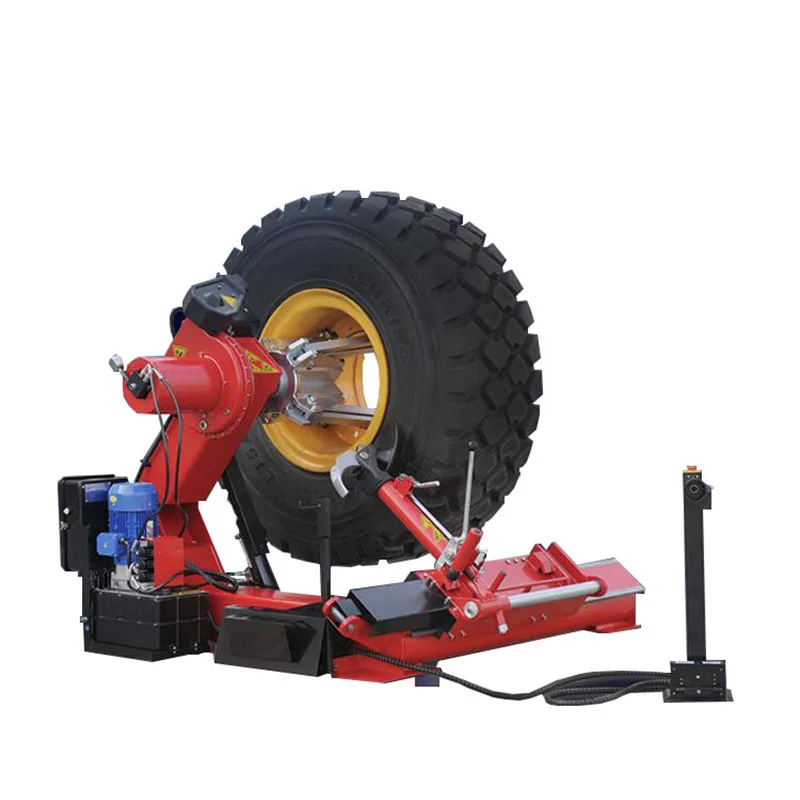
HubPro, Automotive size.
Part# HBCR22 Replacement brushes for HBCT22
Part# HBCR16 Replacement brushes for HBCT16
Part# CBBLSAD
Part# WWR
Part# VCR
CNT22
Counteract 10.7mm Wire Brush for Cleaning for cleaning valve stem mounting holes.
Counteract 22mm Wire Brush for Cleaning 33mm Nut Threads
Counteract 28mm Cleaning Commercial Wheel mounting holes.
Counteract 33mm Wire Brush for Cleaning Commercial Truck Vent Holes
Wheel Mounting Compound Brush
Eco Lube Brush
Counteract Mechanics Gloves
Counteract Mechanics Gloves
Counteract Mechanics Gloves
Counteract Motorcycle Tire Gauge
Thread Pitch Gauge M22 x 1.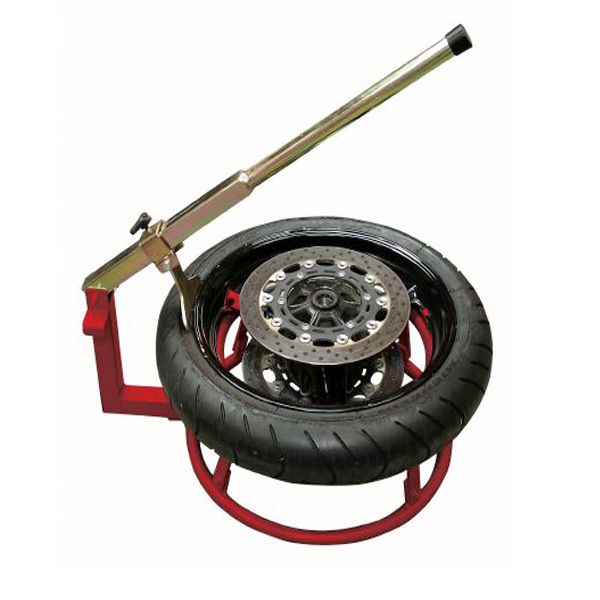 5
5
Thread Pitch Gauge M22 x 1.5
Wheel Nut Indicator Part # WNI-33
Wheel Nut Indicator Part # WNI-33
Part #APBV
Part #APBV
Tire Valve 100 pack
TPMS Tire Valve 100 pack
Tire Valve 100 pack
Counteract Adhesive Wheel Weights 0.25oz Piece Roll – Black
Counteract Adhesive Wheel Weights 0.25oz Piece Roll – Black
Counteract Adhesive Wheel Weights 0.25oz Piece Roll – Black
Counteract Adhesive Wheel Weights 0.25oz Piece Roll – Silver
Counteract Adhesive Wheel Weights 0.25oz Piece Roll – Silver
Counteract Adhesive Wheel Weights 0.25oz Piece Roll – Silver
2 in 1 Deflate using one end, and insertion and removal of valve core with the other end
2 in 1 Deflate using one end, and insertion and removal of valve core with the other end
2 in 1 Deflate using one end, and insertion and removal of valve core with the other end
2 in 1 Deflate using one end, and insertion and removal of valve core with the other end
Valve puller
Valve puller
Valve Puller
Valve puller
Counteract Injection Pump
6 Way 3 Piece Socket Set 17mm, 19mm and 21mm
6 Way 3 Piece Socket Set 17mm, 19mm and 21mm
6 Way 3 Piece Socket Set 17mm, 19mm and 21mm
6 Way 3 Piece Socket Set 17mm, 19mm and 21mm
6 Way 3 Piece Socket Set 17mm, 19mm and 21mm
17mm socket
21mm socket
19mm socket
6 Way 3 Piece Socket Set 17mm, 19mm and 21mm
6 Way 3 Piece Socket Set 17mm, 19mm and 21mm
6 Way 3 Piece Socket Set 17mm, 19mm and 21mm
6 Way 3 Piece Socket Set 17mm, 19mm and 21mm
6 Way 3 Piece Socket Set 17mm, 19mm and 21mm
6 Way 3 Piece Socket Set 17mm, 19mm and 21mm
6 Way 3 Piece Socket Set 17mm, 19mm and 21mm
6 Way 3 Piece Socket Set 17mm, 19mm and 21mm
6 Way 3 Piece Socket Set 17mm, 19mm and 21mm
6 Way 3 Piece Socket Set 17mm, 19mm and 21mm
Contains 2 x 1oz
Contains 2 x 1oz bags Plastic Bottle with hose for installation Valve Caps and Cores Valve Core remover cap
Contains 1 x 1oz 1 x 2oz
Contains 1 x 1oz 2 x 2oz Plastic Bottle with hose for installation Valve Caps and Cores Valve Core remover cap
Contains 1 x 1oz 1 x 3oz
Contains 1 x 1oz 1 x 3oz Plastic Bottle with hose for installation Valve Caps and Cores Valve Core remover cap
Contains 2 x 2oz
Contains 2 x 2oz Plastic Bottle with hose for installation Valve Caps and Cores Valve Core remover cap
Contains 1 x 2oz 1 x 3oz
Contains 1 x 2oz 2 x 3oz Plastic Bottle with hose for installation Valve Caps and Cores Valve Core remover cap
Contains 1 x 2ox 2 x 3oz
Contains 1 x 2oz 2 x 3oz Plastic Bottle with hose for installation Valve Caps and Cores Valve Core remover cap
Contains 2 x 2oz 1 x 3oz
Contains 2 x 2oz 1 x 3oz Plastic Bottle with hose for installation Valve Caps and Cores Valve Core remover cap
Contains 4 x 2oz
Kit H
Contains 2 x 2oz 2 x 3oz
Kit I
Contains 4 x 3oz
Kit J
Preinstalled with Counteract. Part#MKT 1 to 17
Part#MKT 1 to 17
Part# MKSP 1 Contains 20 x 1oz bags
Part# MKSP2 Contains 20 x 2oz bags
Motorcycle Service Pack 3oz Contains 20 x 3oz bags
MKSP 3
Motorcycle Dealer Bags 1oz Contains 4 x 1oz Bags, 4 Valve Cores & 4 Valve Caps
Motorcycle Dealer Bags 2oz Contains 4 x 2oz Bags, 4 Valve Cores & 4 Valve Caps Case Quantity 128 Applications
Motorcycle Dealer Bags 3oz Contains 4 x 3oz Bags, 4 Valve Cores & 4 Valve Caps Case Quantity 96 Applications
Preinstalled with Counteract.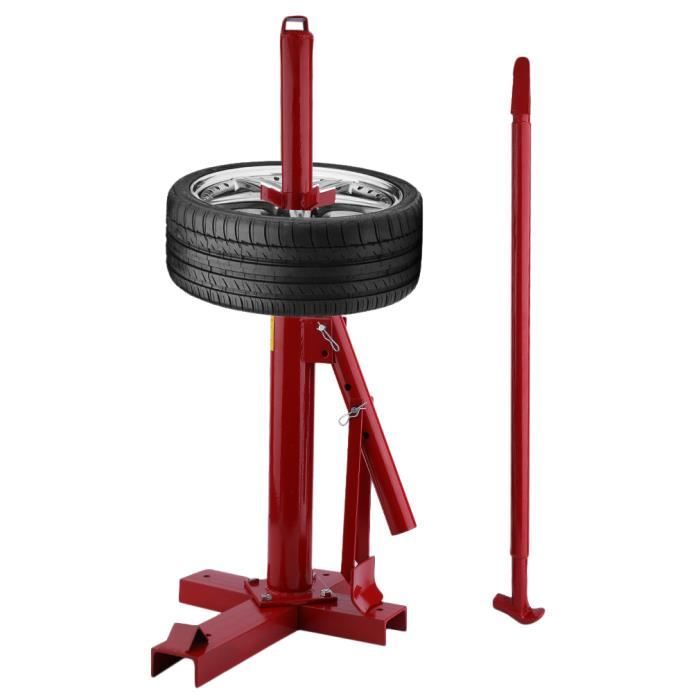 Part#MKT 1 to 17
Part#MKT 1 to 17
ReadyBalance Tubes
Part# Kit K Counteract Off-Road ATV & UTV Balancing Beads DIY Kit 4oz. Kit K contains 4 x 4oz bags of Counteract, 4 x Vortex Valve Cores, 4 x Valve Caps, Valve Core Remover, Injection Bottle & Tube
Part# Kit L Counteract Off-Road ATV & UTV Balancing Beads DIY Kit 6oz. Kit K contains 4 x 6oz bags of Counteract, 4 x Vortex Valve Cores, 4 x Valve Caps, Valve Core Remover, Injection Bottle & Tube
Part# Kit M Counteract Off-Road ATV & UTV Balancing Beads DIY Kit 8oz. Kit K contains 4 x 8oz bags of Counteract, 4 x Vortex Valve Cores, 4 x Valve Caps, Valve Core Remover, Injection Bottle & Tube
Part# Kit N Counteract Off-Road ATV & UTV Balancing Beads DIY Kit 10oz. Kit N contains 4 x 10oz bags of Counteract, 4 x Vortex Valve Cores, 4 x Valve Caps, Valve Core Remover, Injection Bottle & Tube
Clamshell of 6 Counteract Wheel Centering Sleeves 22mm
Bucket of 100 Counteract Wheel Centering Sleeves 22mm size
Counteract Wheel Centering Sleeves Bucket of 1000 22mm
Counteract Wheel Centering Sleeve Insertion Tool
Counteract Wheel Centering Sleeves Clamshell 6pack 20mm
Unsafe
Safe
png
jpg
Logo
Counteract Motorcycle Valve Cap Plastic
Green Valve Cap Plastic VCP-G Copper VCCP-G
Red Valve Cap Plastic VCP-R Copper VCCP-R
Black Valve Cap Plastic VCP-BK Copper VCCP-BK
Blue Valve Cap Plastic VCP-B Copper VCCP-B
Counteract Valve Cap Plastic VCP Copper VCC
Part# VCV
Counteract Black Polo Shirt
Black Motorcycle TShirt
Grey Motorcycle TShirt
Black Beanie
Black Beanie
Black Hat
Grey Hat
Black Durag
Camo Face Mask
Counteract Brochure holder
Countertop Mat 12″ x 18″ Mat
Motorcycle Shop Counter mat 12″ x 18″
Counteract Shop Banner – Truck 2′ x 4′
Counteract Shop Banner – Motorcycle
 It turns out that wheel balancing is a safety issue for the car crew.
It turns out that wheel balancing is a safety issue for the car crew. Comfortable and safe driving depends largely on the condition of the tires. Drivers are familiar with the concept of wheel balancing. However, many do not attach due importance to the procedure. And, accordingly, they do not understand the consequences of tire imbalance.
The wheelbase is an important part of the machine. The slopes are the first to take on the blows from stones, bumps and holes from the road, "tolerate" the work of the suspension. To withstand all the loads, automotive "shoes" must be solid.
The technical characteristics of good tires do not end with an excellent compound, high-quality discs, stable pressure. Car mechanics at service stations and home craftsmen change seasonal tires, identify pockets and the degree of tire wear, misalignment, and other problems.
One of the necessary measures - wheel balancing - is the elimination of imbalance or its reduction to a minimum level.
Unbalanced wheels create vehicle vibration: shaking, beating and noise appear. If we do not take into account the discomfort of the driver and passengers from such a trip, then the destruction of components and assemblies cannot be ignored: accelerated uneven (spotted) wear of tire treads, disk deformation.
Ball bearings, hubs are also destroyed, shock absorber struts, bearings fail. The imbalance of the wheels leads to a lengthening of the braking distance, violates the steering.
Wheel imbalance disturbs steering
Car wheel balancing affects car handling: the contact patch is constantly changing, road grip becomes worse. On a wet or slippery road at high speed, the situation can get out of control. It turns out that wheel balancing is a safety issue for the car crew.
A wheel is a rotating object. All points of its surface are equally removed from the center - the axis of rotation, and the weight should be the same around the entire circumference.
Uneven distribution of rotating masses relative to the center of rotation is called wheel imbalance. In other words, the tire becomes lighter in certain places.
Balancing weights
Wheel balancing is carried out by attaching special compensating weights to make lighter sections of tires heavier.
There are two types of unbalance:
Types of wheel imbalance
Dynamic wheel balancing is carried out only on professional stands on the outside and inside. Static - can be done in garage conditions: the procedure is to hang additional weights in light areas. However, often a combination of both types of imbalance is observed on the wheels of one car: then it is more reliable to entrust the matter to tire service specialists.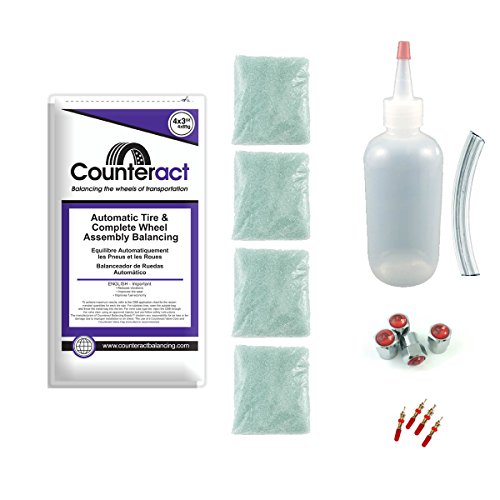
The problem makes itself felt at a car speed of 80-90 km / h by beating in the steering wheel, shaking. You can independently check the balance of tires, timing the procedure for the summer or winter replacement of rubber sets. Mount a new wheel, ride for a couple of days so that the tire gets rid of deformation after storage.
Next steps:
How to check the balance of the wheels
Evaluate the location of the chalk marks: if they are bunched together, the wheel is not balanced, you have found a “light” point. If the risks are scattered relatively evenly around the entire circumference, drive without fear.
With an imbalance of 10-15 g, the suspension receives thousands of blows per minute, which is comparable to the action of a jackhammer on concrete.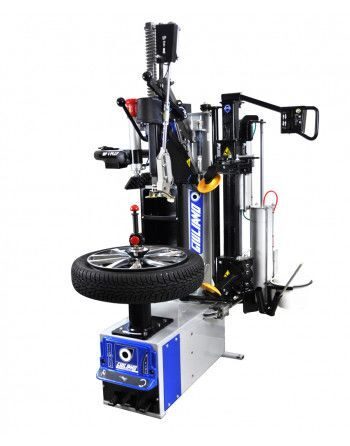 Proper tire balancing is essential to prevent the negative consequences of a tire weight imbalance.
Proper tire balancing is essential to prevent the negative consequences of a tire weight imbalance.
Wheel balance must be done as an assembly when the tire is on the rim. A mandatory rule is the preparatory stage, on which the final result of the procedure depends.
Preparatory step
Do the following:
Make sure that the tire is firmly seated in its place: this has a strong effect on the performance of the balancing devices and instruments.
The procedure is carried out in several ways.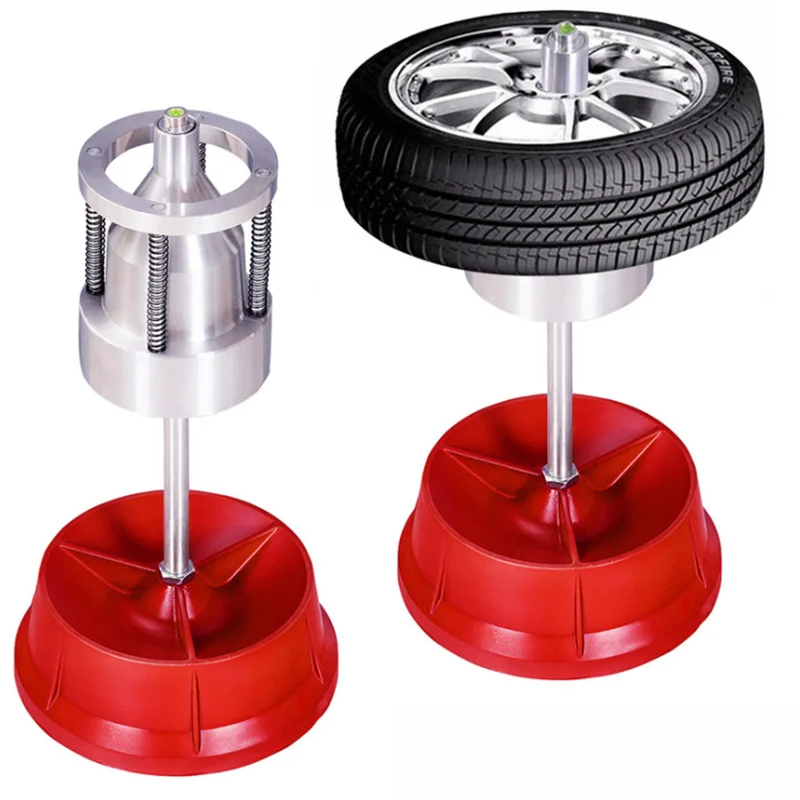 There is balancing of car wheels on the machine with the removal of tires and directly on the car. There is also an automatic balancing with granules or powder.
There is balancing of car wheels on the machine with the removal of tires and directly on the car. There is also an automatic balancing with granules or powder.
Wheel balancing granules
Granules with a diameter of 0.15-0.9 mm have a heavy glass or ceramic core inside, the elements are coated with silicone on the outside.
Beads are poured into the cavity of the tire: under the action of centrifugal forces, the balls are distributed, sticking to the rubber in large quantities where the weight is less. It turns out automatic self-balancing, which, however, is not popular with drivers.
Static (vertical) unbalance is corrected by all tire changers. But this is the simplest type of balancing, which, in order to save money and time, motorists often perform in the garage.
The essence of the operation is to identify a heavy section of the tire, which hits the road with more force, unevenly abrading the tread and destructively responding to the chassis and suspension.
Static balancing
To eliminate static unbalance, compensating weights are hung over the side flanges on light points. The weight of products is from 5 to 60 grams, the material is lead, steel, zinc.
For stamped wheels, repair tools are attached with brackets, for cast and forged wheels with Velcro. The latter are unreliable in winter: they can fall off in the cold. But there are a number of discs on which there is no other way of securing goods.
The larger the tread in the crossbar, the easier it is to “earn” a dynamic imbalance when driving (“eight”) and the harder it is to get rid of it. It is impossible to eliminate the intersection of the axes of inertia and rotation on your own - the matter is entrusted to professionals. The air pressure in the tires for any type of balancing should be normal.
Such wheel balancing should be done after the elimination of static and dynamic imbalance, as well as when changing tires.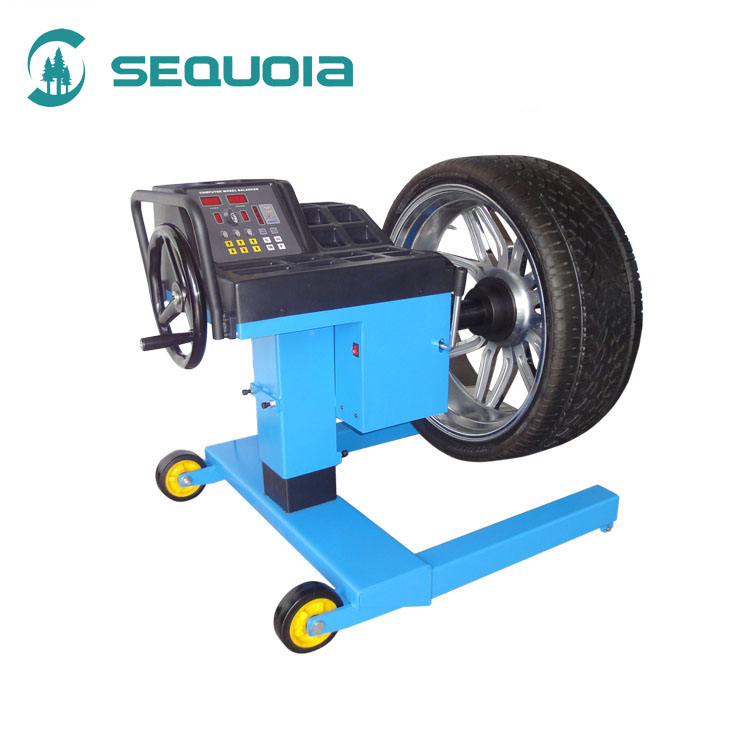
Final balancing
The final tire balancing procedure is carried out directly on the car: an electronic device is installed under the bottom, the wheels are spun up to 80-90 km/h. Sensors automatically take measurements, indicate the places where weights need to be added to the rim.
When there is a vertical vibration of the body from wheel bounce, drivers eliminate it in the garage. The process is the same as at the service station, but you will spend more time, because you will have to try on weights of different weights several times. The old-fashioned way, "by eye", gives the same effect as in the workshop.
Prepare the jack, self-adhesive balancing weights or bracket weights. You will need a chalk or marker to mark the light spots, and a hammer to secure the rammed weights.
Don't miss the preparatory stage with washing the rims and cleaning the tread from stones and gravel. Remove the plastic pads.
Further work:
How to balance without removing the wheels
You may not be able to balance the first time. Make light places heavier by adding the weight of the loads.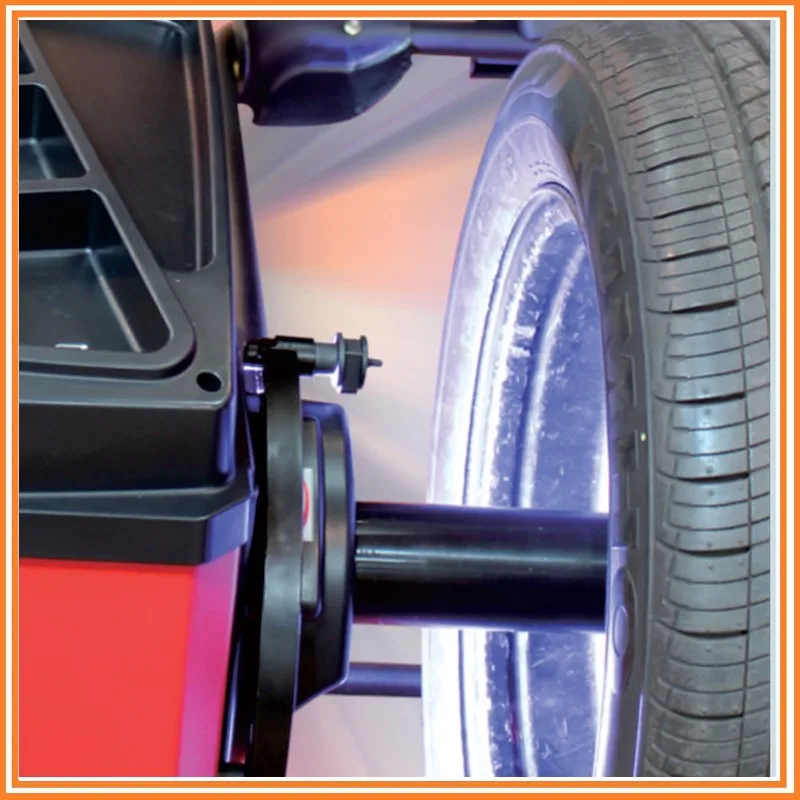 Follow the sequence of steps with other tires, then test the wheels for balance by driving 10-15 km at a speed of 80-90 km / h. If you didn’t feel the car bouncing, characteristic bumps in the steering wheel, you did everything right.
Follow the sequence of steps with other tires, then test the wheels for balance by driving 10-15 km at a speed of 80-90 km / h. If you didn’t feel the car bouncing, characteristic bumps in the steering wheel, you did everything right.
Already during manufacture, the mass of tires is unevenly distributed around the axis of rotation - this is the so-called technological error. Further, during operation, the imbalance increases: the tire accounts for up to 75% of the imbalance, for the disks - up to 20%. The remaining percentages fall on the hubs with brake drums.
To get rid of imbalance there is professional equipment - balancing machines (BS). Structures for diagnostics and adjustment of rotating objects are permanently installed in the premises of tire shops.
BS for wide profile and ordinary tires are calibrated for installation without removing the wheels with mechanical, electronic and combined measuring instruments. Another group of equipment is represented by stands that work with removed ramps.
Another group of equipment is represented by stands that work with removed ramps.
Balancing machine
The main elements of a high-precision stand for balancing the wheels of passenger cars are a shaft with an electric (up to 800 rpm) or manual (up to 250 rpm) drive and a computer for data processing.
The technical process looks like this: the wheel is strung and securely fixed on the shaft, the computer system reads the initial information (width and height of the rubber profile, disk size). The shaft is spun, then the drive is stopped, allowing the wheel to rotate by inertia.
Next, impulse, dynamic and piezoelectric sensors are turned on, new data are recorded, according to which the embedded program calculates the light points of the tire. It remains for the master to mount the weighting agents.
Some models of domestic and imported machines are equipped with laser systems that accurately show the place of hanging the balancer.
Typical errors when the technology of balancing the mass of the wheel relative to the axis of rotation is violated:
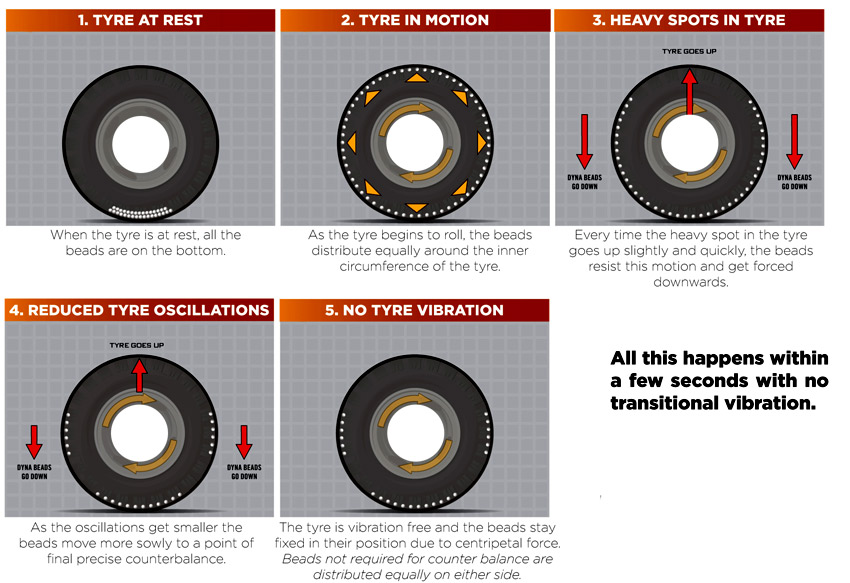
Wheel balancing errors
Do not place more than 60 g of load on one wheel of a passenger car.
On front wheel drive vehicles, the drive wheels suffer more because they are involved in turns. Countless maneuvers eat up the sidewalls of the tread. But the rear slopes are also subject to mechanical deformations. If the front wheel flies into the hole, then the rear will fall into the same place, striking the suspension.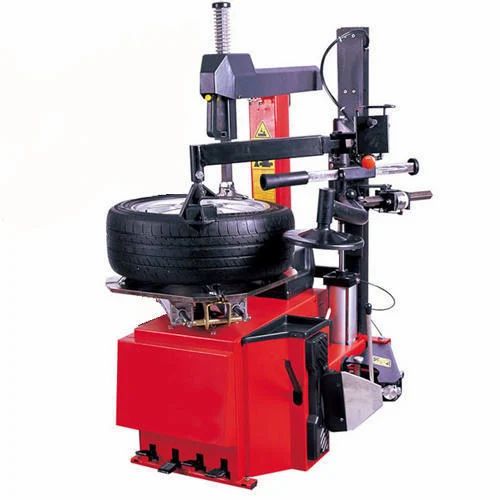
The imbalance in the front is more pronounced, while in the rear it appears at speeds over 120 km/h. But balancing must be carried out simultaneously on all wheels, regardless of the installation location.
There are no specific requirements for the frequency of the procedure - it all depends on the operation. If you have driven 15 thousand km in a season at a moderate pace, be sure to check the balance of the ramps. Extreme driving style reduces the time of diagnosis and adjustment by half.
See also: Repair of electric steering racks, replacement of the motor and sensor
Other reasons why you need to balance the wheels often:
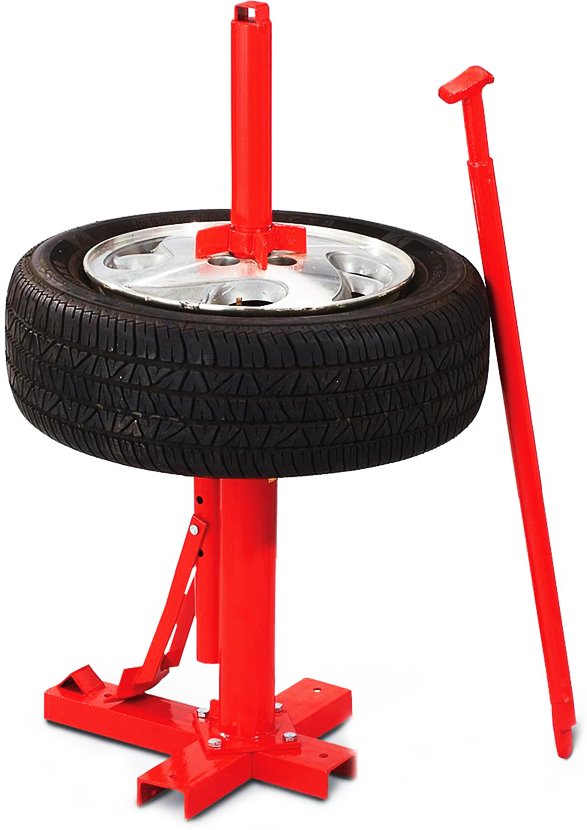
Conclusion: the calmer and more attentive the motorist, the less often he balances the wheels.
Starostin, K.V. Study of wheel imbalance and its consequences. The device and principle of operation of balancing stands / K. V. Starostin. - Text: direct // Young scientist. - 2016. - No. 25 (129). - S. 72-76. — URL: https://moluch.ru/archive/129/35677/ (date of access: 03.11.2022).
Wheel balancing is a procedure for adding weights to the inner and outer part of the rim or introducing special granules inside the tire, which, being attracted to the surface of the tire, balance the imbalance.
“The balancing machine is designed to determine the degree and place of dynamic or static imbalance of all kinds of rotating parts of the car - shafts, turbines, electric motor rotors, pulleys and wheels. In such equipment, the product to be balanced is installed on supports, which are the basis of the balancing machine. The balancing machine is equipped with drives for the rotation of the product to be balanced, as well as measuring equipment, consisting of visual instruments.
Structurally, balancing machines can be divided into two groups:
A balancing machine designed for static and dynamic balancing according to the location of the axes of rotation can be of two types:
– with a vertical axis of rotation;
- with a horizontal axis of rotation.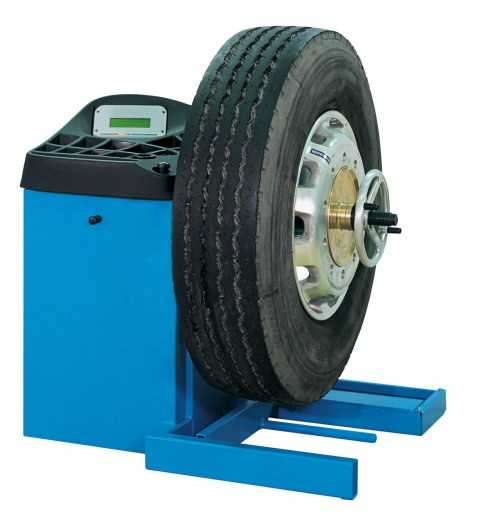
The balancing machine is equipped with a motorized drive, which allows, unlike manual rotation, to make more accurate measurements. [one]
Scheme of action of unbalanced forces at static and dynamic unbalance of wheels
Rice. 1. Types of wheel imbalances
The static imbalance of the wheel characterizes the deviation of the central axis of inertia - the axis of rotation: in fact, they are parallel, but not identical. An unbalanced mass forms a torque, oscillations (pendulum) occur. To solve this problem, static balancing is required - the installation of special weights on the diametrically opposite side of the wheel.
Dynamic imbalance occurs due to an imbalance in the width of the wheel. Such an imbalance can be identified by examining the wheel as it rotates. A centrifugal force appears, directed in different directions, forming a pair with a torsion moment. In dynamic balancing, balancing weights are mounted on the surface and inside the wheel.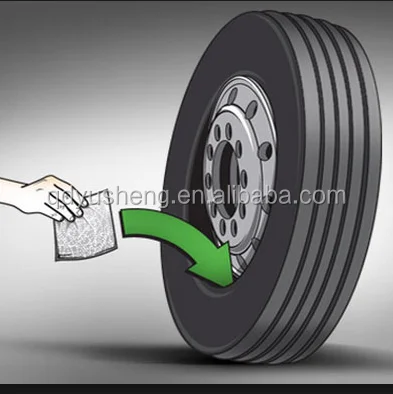
Rice. 2. Maximum allowable runout of the tire and the mass of compensating weights
Types of balancing stands:
Stands for trucks — wheel balancing of trucks is carried out in specialized stands. Such stands allow you to more accurately recognize the balancing of the wheel. With successful balancing, the service life of the car increases: reduction of vibrations on the body, hub and chassis of the car, increase in smoothness of the ride, increase in the service life of the tires.
The balancing stand for trucks, unlike an ordinary stand, is equipped with a more reinforced frame. “Starting the engine of the stand is carried out using a casing, and measuring the size of the disk to set the program using a special ruler. In addition, most truck balancers are equipped with a splash guard that allows you to work safely on the stand.”
Rice. 3. Balancing stand Flying BL656
Stands for cars - allows you to determine the quality of rotation of the wheel of a car.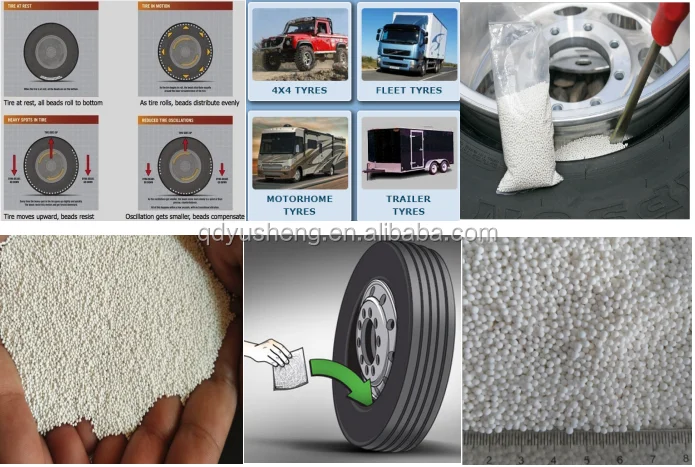 The rotation of the wheel should be unchanged in the X and Y axis, the centrifugal force should not be directed to the parts of the car. If the balance of the car is disturbed (an imbalance can occur during sudden physical exertion: a pit, bumps, etc.), just like in trucks, there will be various body vibrations, physical stress on the car suspension and a decrease in tire life.
The rotation of the wheel should be unchanged in the X and Y axis, the centrifugal force should not be directed to the parts of the car. If the balance of the car is disturbed (an imbalance can occur during sudden physical exertion: a pit, bumps, etc.), just like in trucks, there will be various body vibrations, physical stress on the car suspension and a decrease in tire life.
Rice. 4. Balancing stand Hofmann Geodyna 4800 L
“Additional equipment for balancing – includes centering cones of various diameters, thanks to which it is possible to fix almost all types of wheels of any manufacturer on the stand. As a rule, separate stands are produced for balancing motorcycle wheels. However, when using a special lock, it is possible to balance BMW, Aprilia, Honda, Harley, Ducati motorcycle wheels on almost all types of balancing equipment. Also among the additional equipment you can find special installation rulers. With the help of setting rulers, you can set the balancing weight with great accuracy.
Also, additional accessories for balancing include shafts of various sizes, shaft alignment kits, measuring probes. All of them will help to make work with the balancing stand more convenient, faster and save you from such moments when you have to create devices yourself for convenient work. A set of cones for discs will help you work accurately and efficiently with the stand. As a rule, kits vary in size. Auto repairers also use universal faceplates, truck wheel balancing kits, and protectors.” [2]
Wheel balancing consumables - tools that reduce the time spent on wheel balancing
Weights are considered a mandatory material for balancing. With the help of weights, you can easily eliminate the imbalance. Weights during rotation of the wheel take on the centrifugal force, so that the wheel begins to rotate correctly
“Loads are distinguished by weight in grams. That is, for each balancing stand you need to have a set of consumables - weights of various sizes, in grams.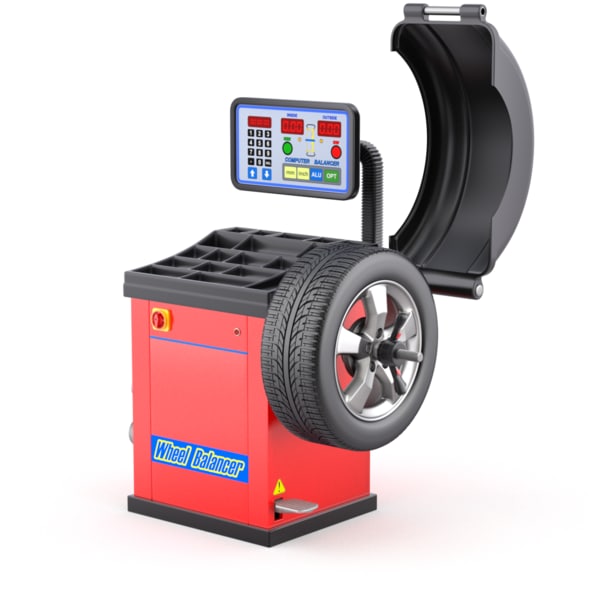 Generally, the fastest wheel balancing is done quickly by attaching a weight to the wheel. The balancing machine, after checking, gives out where and what mass you need to attach the weight.
Generally, the fastest wheel balancing is done quickly by attaching a weight to the wheel. The balancing machine, after checking, gives out where and what mass you need to attach the weight.
The weights are stuffed and glued. [3]
The principle of unbalance measurement on the stand.
To perform the measurement, it is necessary to use a special balancing machine, which must have a fastening cone that will align the position of the wheel along the axis of rotation. Next, you need to spin the wheel by moving consumable tools (weights) on the disk.
Modern stand for diagnostics and wheel balancing
“More accurate balancing is performed using an electronic machine, into which wheel parameters are entered. The stand automatically measures the balance in various positions of the wheel and displays on the screen the places for installing balancing weights and their weight. Weights for balancing are made of lead and have different types.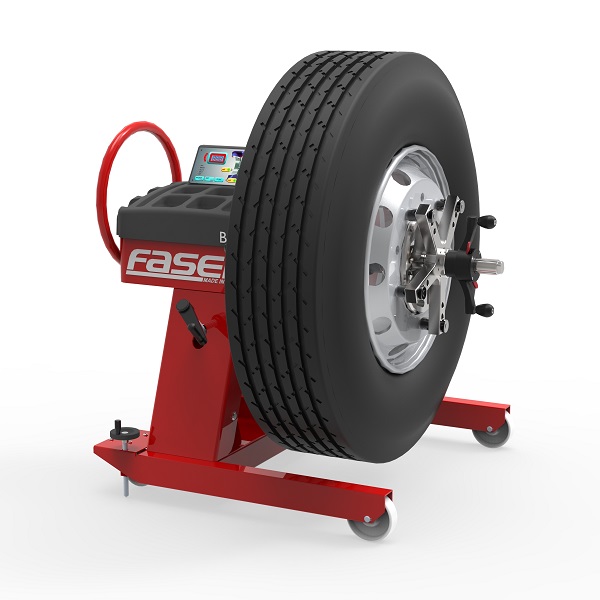 They can be printed or adhesive. Universal adhesive balancers are installed on the inner surface of the disc and do not violate the aesthetics of its appearance. [3]
They can be printed or adhesive. Universal adhesive balancers are installed on the inner surface of the disc and do not violate the aesthetics of its appearance. [3]
Rice. 5. Self-adhesive balance weights
Before starting work with the machine, it is necessary to set it up, perform a visual inspection of the wheel, clean it from dust and dirt, remove old loads, select the size of the cone for the wheel, so that there is no wheel displacement during balancing.
Causes of imbalance
Balancing interval
Balancing is performed after installing the rubber on the wheel disk, after installing the rubber on the disk; in the event of a strong physical load on the wheel, seasonal tire replacement (summer and winter) every 15 thousand km.
Literature:
